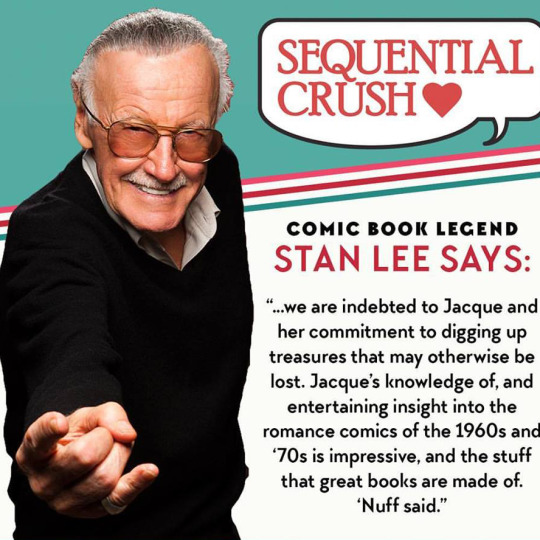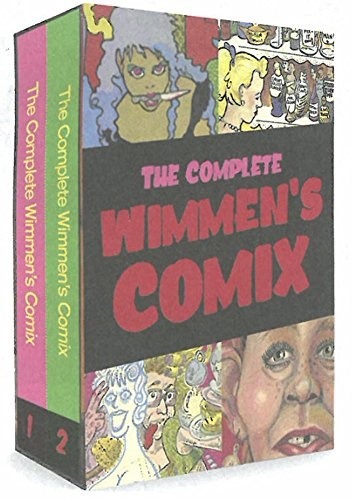#women in comics
Anyway, happy new year.
—Sensation Comics #103 (1951), words by Robert Kanigher, art by H.G. Peter
Post link
Remember all those things I said I was going to do? Yeah, I did something completely different! For one, I finally did something with the YouTube account that comes with having this blog’s Gmail account, so that’s a thing you can check out. So far it’s mostly just playlists of other people’s videos, recs for artists’ vlogs/tutorials, and uploads of other people’s videos that I got permission to put on YouTube (more on all that in another post, probably). The first (slightly) original content I’ve made for it is this compilation of lovely Nell Brinkley art set to the song “The Nell Brinkley Girl”
Nell Brinkley was an illustrator and early comics artist in the early 20th century (though it’s somewhat debatable whether her works count as “comics” as we think of them today, she worked at a time when “comics” were first really being defined, it would be equally anachronistic to exclude her entirely). Her depictions of women became glamour icons unto themselves and inspired a line of hair care products and at least two Broadway songs. “The Nell Brinkley Girl” was part of Florenz Ziegfeld’s Follies of 1908, and the role was originated by Annabelle Whitford (later Annabelle Moore, who also appeared in several early Edison films).

I could not find a recording of any performance of the song, but the sheet music is available online at the Library of Congress. In order to produce this recording, I transcribed the sheet music into the MuseScore software (and then uploaded into their database), which generated both a MIDI piano recording and “ahhhh-ahhhh” vocals, which I supplemented with on-screen lyrics rather than subject you to my singing. I’ve also started working on the other song, “The Brinkley Bathing Girl” from The Follies of 1909, but I don’t really have a timeline for that one yet.
Anyway, I hope you like this one, and please please please send me any suggestions you have for the YouTube channel generally (especially topics for playlists I could curate). I don’t plan for it to take over completely, but I’d like it to be a fairly robust sidebar to the blog. And of course, subscribing would help me gauge people’s interest in it!
Golden and Silver Age romance comics have long languished in a kind of postmodern carbonite, frozen in mainstream consciousness as images of tearful women in Roy Lichtenstein paintings, held in ironic disregard that often seems born of both feminism and misogyny (depending on whether one is judging the perceived messages sent by the often-male creators, or their intended audience as is often the case with media aimed at teen girls). The fact that the genre endured–and at one point even dominated the comics market–for about 30 years means that it is usually “graciously” afforded a cursory overview in most comics history books, and not much else. But could a whole genre of comics really have endured for so long with ultimately so little to offer?
For almost a decade, Jacque Nodell has been answering that question, finding and sharing forgotten gems of vintage romance comics on her blog, Sequential Crush, showing time and again that that was very much not the case. Romance comics not only often contained mature human drama that the rest of the medium lacked for decades after their own popularity had waned, but frequently conveyed positive, sometimes even empowering, messages to young girls that remain relevant to this day.
It is for that reason that Nodell has pulled together the best of the romance comics’ version of the letter column, the advice column, for her book How to Go Steady. Presented as both a collection and a history, the book aims to shake up the view of romance comics of the ‘60s and ‘70s as mere cultural artifact and offer up certain timeless pearls of wisdom. And it’s capped off with an afterword by former Marvel romance advice columnist (that’s a phrase I’m sure you never thought you’d read), Suzan Loeb of “Suzan Says”!

Charmingly illustrated by Jenny Cimino, the art’s retro aesthetic encapsulates the spirit of Silver Age romance comics for modern audiences, rather than aping Pop Art detachment.

And it’s endorsed by Stan Lee!

But if you want to get your hands on a copy, you’ll have to act fast– the book’s Kickstarter has just under 4 days to go and is not quite half-funded. At just $20 for an eBook or $35 for a print+eBook bundle, it’s a great deal for a fun and worthy project! (And if you’re a retailer, there’s still nine retailer packages left– 10 books for $175!) Even better, a full third of the total goal is earmarked to pay Jenny Cimino for her illustrations, so not only would you be helping preserve a forgotten slice of women’s comics history, you’ll also be directly supporting a modern female artist!
I personally pledged $250 to this book and pulled myself out of semi-blogtirement to encourage, implore, entreat, and flat-out beg you to give whatever help you can by Wednesday, 9:40 am EST, to make this book a reality. What more needs to be said?
For samples of what Nodell has worked so hard to bring to modern audiences, check out the “Advice Column” tag on the Sequential Crush blog.
Post link
This is an announcement I’ve been hoping to be able to make for a few years now: You can now pre-order the complete Wimmen’s Comix slipcase hardcover collection, coming in September from Fantagraphics! Includes all 17 issues of Wimmen’s Comix and its one-shot predecessor It Ain’t Me Babe.
Wimmen’s Comix ran on-and-off for 20 years, from 1972 to 1992. Launched in reaction to the misogyny and boys’ club atmosphere that pervaded the underground comix scene, it provided women cartoonists (many of them early in their careers) a platform to tell their stories, from the very personal (such as Lora Fountain’s “A Teenage Abortion”) to the fantastic (like Sharon Rudahl’s science-fiction “Tale of Satvia”).
Literally all of my favorite women cartoonists from this era appear in these comics, including Dori Seda, Phoebe Gloeckner, and Shary Flenniken, and it is indeed where I discovered most of them. Later issues featured some of the defining voices on independent comics in the 1990s and beyond, including Lynda Barry, Alison Bechdel, Jennifer Camper, and Julie Doucet.
Now if only someone would pick up Action Girl Comics for reprint…
Post link
Congratulations to all six of the (very deserving) women who won at last night’s Reuben Awards, held by the National Cartoonists Society in Washington DC.
The top prize, Outstanding Cartoonist of the Year (also known simply as The Reuben), went to New Yorker cartoonist and memoirist Roz Chast. She is only the third woman to win The Reuben in the award’s 69 year history and the first in over 20 years. Chast was preceded by For Better or For Worse’s Lynn Johnston (1985) and Cathy’s Cathy Guisewite (1992). The award caps off a year of acclaim following the publication of her memoir Can’t We Talk About Something More Pleasant? about her experience as an only child caring for her aging parents. The book was a New York Times #1 bestseller and finalist for the National Book Award. Her career goes way back to 1978, when she sold her first gag cartoons to the New Yorker a year after receiving her BFA from the Rhode Island School of Design.
The first female winner of the night, Marla Frazee, took the prize in Book Illustration for her picture book The Farmer and the Clown, followed by both Single Panel categories: Liza Donnelly of The New Yorker for magazines and Rhymes with Orange’s Hilary Price for newspapers.
Both Online Comics categories were also won by women: Danielle Corsetto in Short-Form for her recently concluded Girls with Slingshots, and Minna Sundberg in Long-Form for her post-apocalyptic Nordic Stand Still, Stay Silent.
Other women to be nominated were Jen Sorenson (Editorial Cartoons), Batgirl artist Babs Tarr (Comic Books), This One Summer’s Jillian Tamaki (Graphic Novels), Time for Bed, Fred’s Yasmeen Ismail (Book Illustration), and Maria Scrivan (Greeting Cards).
Though not quite half of the sixteen categories, I feel perfectly justified in calling it a sweep for women cartoonists; it is certainly a vast improvement over last year’s one female winner (Isabella Bannerman in Newspaper Comic Strips for Six Chix, though she is, as the title suggests, one of six female cartoonists on the strip). I hope it’s the beginning of a trend for the Reubens and not a fluke.
(Credit to Michael Cavna for the Roz Chast image above. Check out his write-up of the event on his Comic Riffs column at the Washington Post.)
Post link









